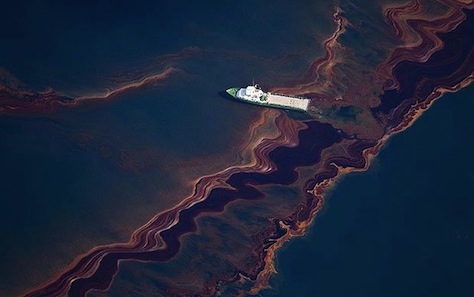When US secretary of state John Kerry raises the US flag above the American embassy in Havana today, it will be a diplomatic highlight of the final 18 months of the Obama administration.![]()
![]()
But its genesis lies partially in an unrelated disaster of the Obama administration’s first 18 months – the BP Deepwater Horizon oil spill in the Gulf of Mexico. US officials worried initially that weather patterns would disperse the oil to Cuban waters, exacerbating an already troubled relationship, and it’s a fluke of the oceanographic currents that the oil largely flowed chiefly westward back to the US coastline and not eastward internationally. But they also increasingly worried that growing Cuban designs for its own nascent offshore oil drilling program (in the Caribbean Sea just north of Havana, close to the Florida coast) could cause an even more serious accident that could pollute US waters.
William LeoGrande, a professor at American University and the co-author of a new book on decades of back-channel negotiations between Havana and Washington, argues that informal discussions over environmental hazards and future potential ecological disasters built trust between US officials and Cuban policymakers in a multilateral Caribbean-wide framework, paving the way for bilateral talks on normalization, environmental standards and offshore oil production.
It took the US government a while, however, to warm to the idea. Continue reading How the BP spill led to today’s Cuban embassy opening
